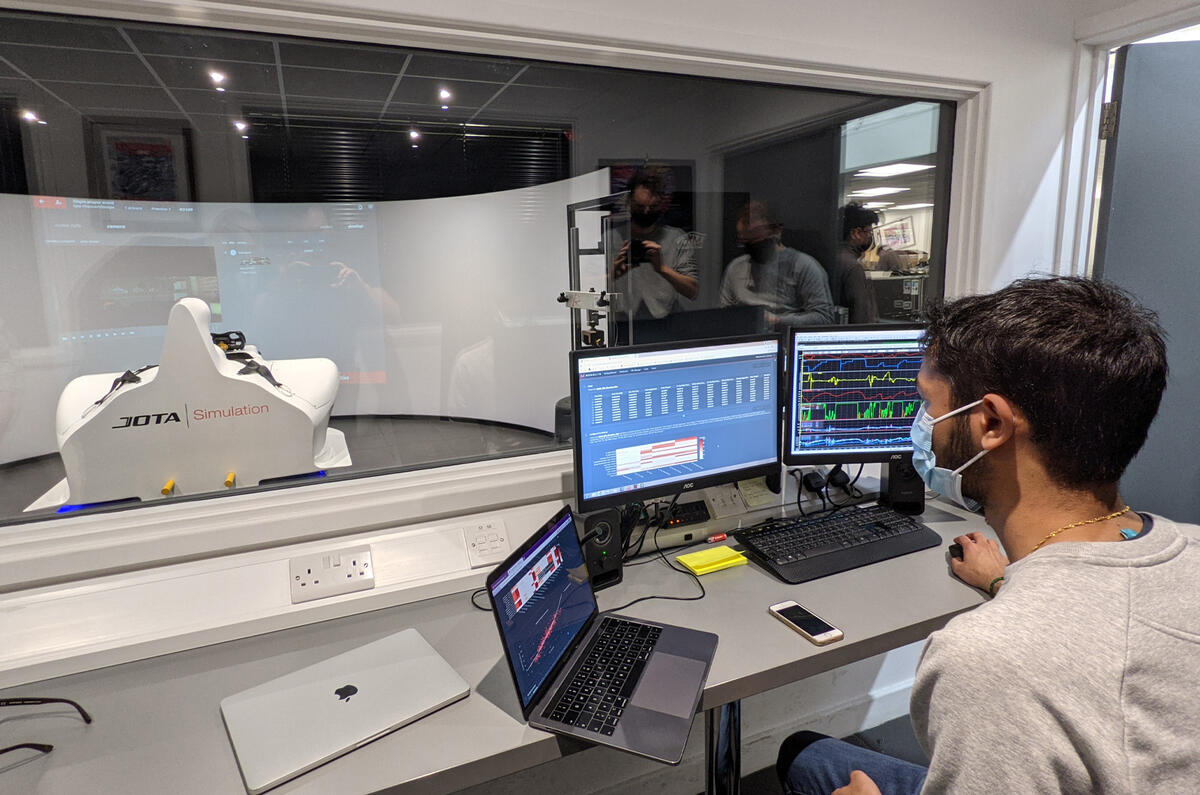It's said that the average car comprises some 30,000 parts, and today’s machines are irrefutably as complex as ever.
One could argue that electric cars have simpler powertrains, but, from battery chemistries to motor cooling and advanced aerodynamics, the challenges they introduce are more granular and difficult to pin down.




Add your comment